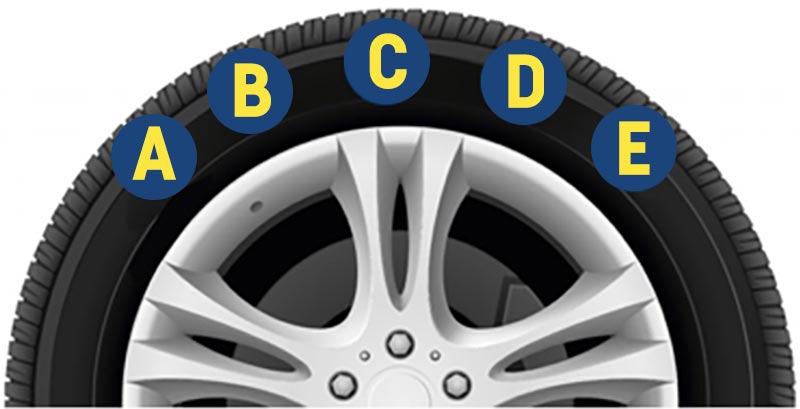
Fuzz Townshend reveals what people may not know about tyres
NewsMany people take great pride in being ‘well dressed’ in their best attire, and it is from the word ‘attire’ that the etymology of our beloved ‘shoes’ of the car world stems.
A wheel is ‘dressed’ with a tire – and no that isn’t a misspelling – for the European English spelling of the word (tyre) didn’t present itself until the 1840s onwards. Brits continued to use the incorrect spelling until, by the early mid-twentieth century, only the occasional pundit would have popped their heads above the parapets with cries of ‘i, not y’. But rest assured, the ‘i’ has it.
Ever wondered how the invention of the tyre came about?
Although the idea of a pneumatic tyre came from Londoner Scot Robert William Thomson originally, it was Dunlop who developed tyres into a usable format that would remain located on rims and last for a decent period of time before wearing out.
It was one of these developments that gave tyres their now familiar black colouring, as it was the addition of carbon black which yielded the property of greater longevity, changing the rubber from its natural white colour.
The solid tyre variety however has persisted to such a degree that the world’s largest manufacturer of tyres swears by them. Over 300 million of these things in a year is a huge figure by any standards. Of course, said manufacturer is Lego and so it is unlikely to receive many complaints from passengers in its diminutive vehicles.
Back to the full-size items, today’s tyres feature some useful nuggets of information, which could save you and your family’s lives:
Date of Manufacture:
Tyres made since 2000 feature a four-figure manufacturing date stamp. The first two digits represent the week of the year, while the latter two represent the year itself. For instance, 3523 would indicate a tyre made in week 35 of the year 2023. We recommend that tyres which are more than ten years old should be replaced. A three-figure number indicates a pre-millennium tyre, and no number at all could mean that the tyre predates even the 1990s.
Speed Rating:
Two tyres of similar sizes could, in theory, have different speed ratings, meaning that it would be possible to erroneously fit a low-rated example onto the wheel of a car capable of great speed, and thus push the tyre beyond its design capabilities. Always check your car manufacturer’s recommendations and use a reputable tyre fitting service.
Direction of Rotation:
Many tyres are designed with a defined orientation and may be marked with a direction of rotation, or with ‘inner’ and/or ‘outer’ on their sidewalls. It is vital that this information is heeded, as the tyres will feature tread patterns and construction designed to be most effective in one direction only.
Tyre Wear Bars:
In the depths of the tread of a new tyre you may notice some raised rubber bars dissecting the groove transversally. These are ‘wear bars’ and when they merge smoothly with the running surface of the tyre, it means that the tyre is already worn out. Keeping an eye on the state of play here will help you avoid driving on dangerously worn tyres.
Wear patterns:
While this isn’t strictly speaking an inbuilt feature of a modern tyre, wear patterns can provide useful information regarding tyre inflation and vehicle condition.
Over-inflated tyres will wear more in the centre of the tread, while wear towards both inner and outer sections of the tread would indicate under-inflation.
A ‘feathered’ wear pattern to the tread could mean incorrect wheel alignment, and heavy wear to either inner or outer shoulders of the tyre could mean the same, or even suspension and steering component wear.
Patchy, or non-continuous wear could indicate tyre imbalance, or worn shock absorbers and/or suspension components.
Your Landsail dealer will happily inspect your car’s tyres and help you to choose the right tyre for your car and driving conditions.



